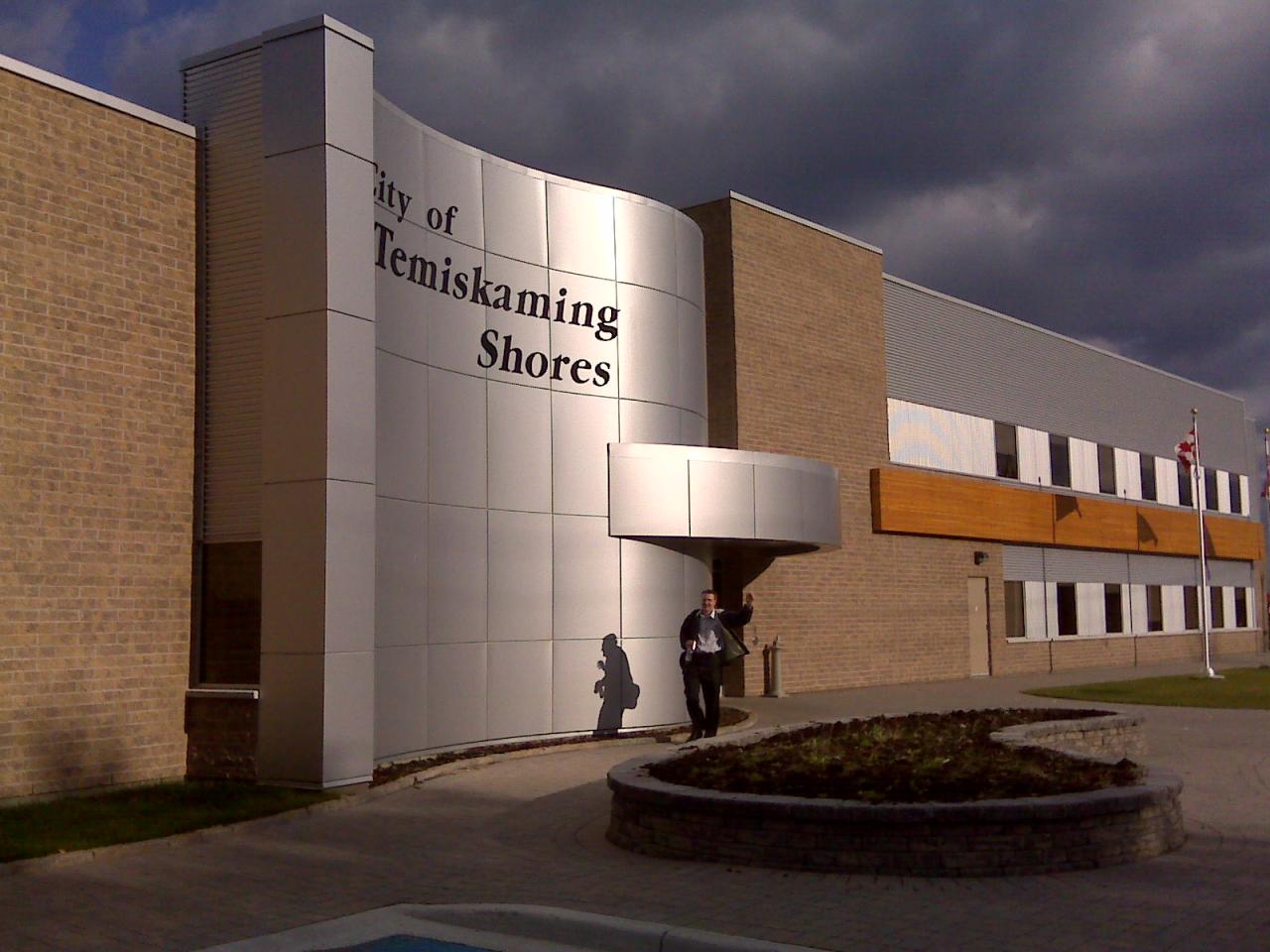Municipal Implications
Paramedic services have become even more essential amid the COVID-19 pandemic. In addition to their regular emergency service responsibilities, paramedics have been testing, administering vaccines, and transporting individuals to testing centres. The have also been delivering community paramedicine, which has been crucial to supporting individuals during the pandemic - especially isolated seniors, those on long-term care lists, and those living in remote areas.
Prior to the pandemic, AMO provided written submissions to the provincial government’s Public Health and Emergency Health Services Modernization Consultations. Although the consultation was paused during the pandemic, priorities for modernization continue to include long-anticipated improvements to the paramedic dispatch system, which is funded 100% by the Province.
Community paramedicine is also a top priority. AMO and the Ontario Association of Paramedic Chiefs (OAPC) submitted a joint paper in June 2021 on the need for a Community Paramedicine Policy Framework. Currently, there are more than 250 community paramedicine pilot projects without permanent,100% provincial funding – even though the programs provide primary health care which is a provincial responsibility. Community paramedicine fills an urgent need forclinical support to vulnerable populations in their own homes. It keeps our residents living well and improves their quality of life while reducing pressure on the health care system.
The primary ask is for the Ministries of Health and Long-Term Care to establish a working group with AMO, OAPC, and the City of Toronto to develop a Community Paramedicine policy framework that could be implemented starting in fall 2022 with enabling legislation.
Background
Designated upper-tier and single-tier municipal governments co-fund and deliver essential paramedic services locally. In the north, ambulance services are primarily provided by District Social Service Administration Boards (DDSABs) financed by municipal governments. However, the property tax base is not the best funding source for a provincially regulated health service. Rising call volumes and costs are contributing to municipal fiscal challenges. Municipal governments currently contribute well beyond the 50-50 cost sharing arrangement.




